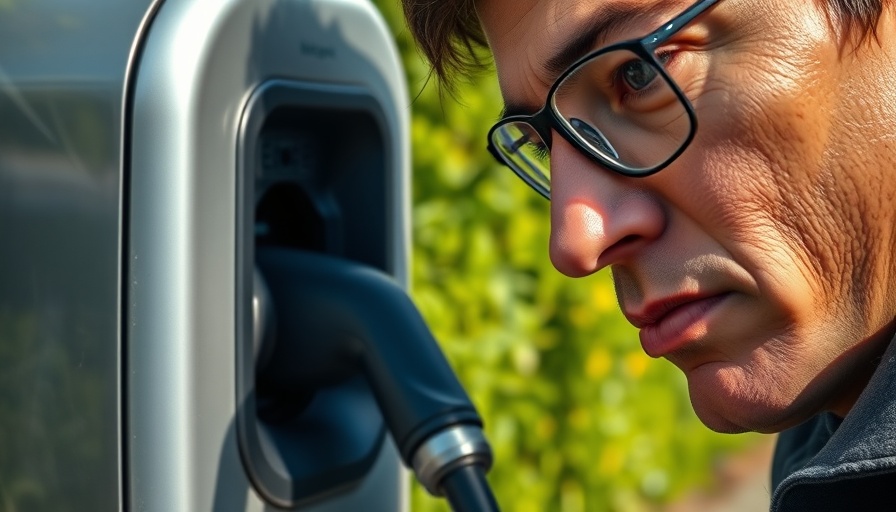
Chevrolet Silverado EV 2025: A Leap in Electric Performance
The 2025 Chevrolet Silverado EV has made remarkable strides, now boasting an impressive range of up to 492 miles in its Work Truck (WT) configuration. This is a substantial improvement over the previous models, setting a new standard for electric trucks in the market. With its competitive pricing starting at $57,095 including destination charges, the Silverado EV is positioned to attract both fleet operators and individual consumers looking for sustainable vehicle options.
Pricing Structures and New Features
The Silverado EV lineup has expanded to accommodate various customer needs, introducing a mid-level model between the basic WT and the upscale RST, which was the sole retail option in 2024. The pricing tiers reflect a diversity of configurations—from the Standard Range WT to the fully equipped RST models, which can reach upwards of $97,895 with extended battery packs. Significantly, the surprise inclusion of the Max Range pack enables the WT to maximize range without compromising performance.
Power and Performance: The Heart of EV Innovation
Equipped with a dual-motor all-wheel-drive powertrain delivering 510 hp and 580 lb-ft of torque, the Silverado EV is engineered for performance. The LT model amplifies this further with enhancements that trigger a peak of 645 hp and a staggering towing capacity of 12,500 pounds. This means businesses that depend on hauling and towing can rely on the Silverado EV without sacrificing power—an essential consideration for dealer principals and finance managers focused on optimizing retail sales.
Enhanced Battery Technology and Its Impact
The introduction of a Standard Range 119-kWh battery pack marks a significant technological advancement, although Chevrolet has yet to disclose its estimated range. The variability in battery options across different models not only allows customization but also invites strategic discussions among dealership managers regarding financing and leasing strategies. As electric technology evolves continuously, understanding these advancements is crucial for staying competitive.
Race for Efficiency: How Chevy Is Leading the Charge
Chevrolet's improvements in the Silverado EV’s efficiency are attributed to optimized motors, inverters, and aerodynamic enhancements. For instance, the RST model's range reaches 460 miles with the Max Range pack—an upgrade from its predecessor. This focus on sustainability combined with robust performance is key for any sales team aiming to market electric vehicles effectively. The transition to electric isn’t just a trend; it’s rapidly becoming a necessity in the automotive landscape.
Conclusion: What This Means for Dealerships
The enhanced features and competitive pricing of the 2025 Chevrolet Silverado EV offer an exciting opportunity for dealers looking to expand their electric vehicle inventory. Understanding these developments can empower dealerships to optimize their retail strategies and financing options in a rapidly evolving market. Staying informed about such advances is crucial for maintaining a competitive edge in the industry.
 Add Row
Add Row  Add
Add 




Write A Comment